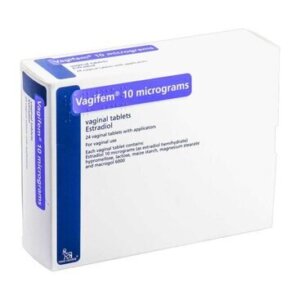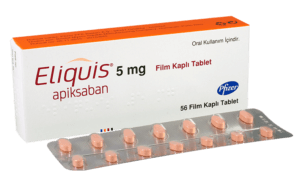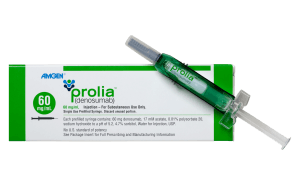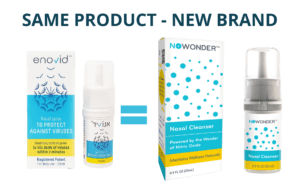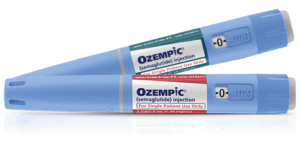Every June is Myasthenia Gravis month, supported by the Myasthenia Gravis Foundation of America (MGFA). The purpose is to help the Myasthenia Gravis community in the US and worldwide to understand the challenges and opportunities faced by those diagnosed with myasthenia gravis and their caregivers.
The theme for 2022 is Turning Awareness into Action.
People all around the world are taking action to boost fundraising, research, and advocacy efforts to support those affected by MG. This includes taking proactive steps like meeting with or calling legislative leaders to secure official recognition of June as MG Awareness Month. People are encouraged to reach out to their local media (broadcast and print) and to push reporters to cover the challenges that MG patients face. The MG Awareness Toolkit gives instructions on how to light up local buildings and structures in the traditional teal color during June.
Stepping into the new digital world, supporters are encouraged to add references to MG Month to their Facebook, Twitter and Instagram posts.
The aim is to make as many people as possible know about MG Awareness month – by wearing a teal shirt, holding up a sign, building a banner in the front yard, and then sharing them on social media.
More about Myasthenia Gravis (MG)
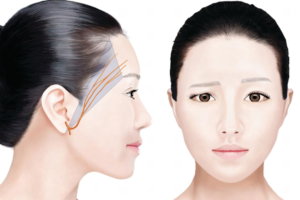
The name Myasthenia Gravis comes from the Greek/Latin words meaning “grave (or serious) muscular weakness.”
MG is a neuromuscular disease that causes varying degrees of weakness in skeletal muscles. In people affected by MG, the most commonly affected muscles are in the eyes, face, and throat, which affect the ability to swallow. Other issues include drooping eyelids, double vision, difficulty speaking, and difficulty walking. In its severe form, it can lead to facial paralysis.
It is an autoimmune disease that causes antibodies to develop that block or destroy the nicotinic acetylcholine receptors at the junction between nerves and muscles. This prevents muscles from receiving signals from the nerves and contracting accordingly, resulting in overall muscle weakness.
Other symptoms can include a hoarse voice, difficulty walking up stairs or lifting objects, and fatigue.
Treatments
Current treatments for MG are aimed at alleviating the symptoms. There is no known cure for the disease. The most frequently prescribed medications are:
Prednisone – tablets supply corticosteroids, the hormones produced naturally by the adrenal glands that have control over inflammatory responses, thereby reducing swelling, redness and irritation.
Mestinon – contains pyridostigmine, which stops the breakdown of acetylcholine at the junctions between the nerves and the muscle cells. Pyridostigmine thus improves nerve transmission to muscles that are under voluntary control which allows them to function normally.
Imuran – contains azathioprine, which is primarily used to prevent the body from rejecting a transplanted organ and is also used to treat other autoimmune disorders.
Neoral – contains the immunosuppressant called ciclosporin which works by damping down the body’s immune system.




